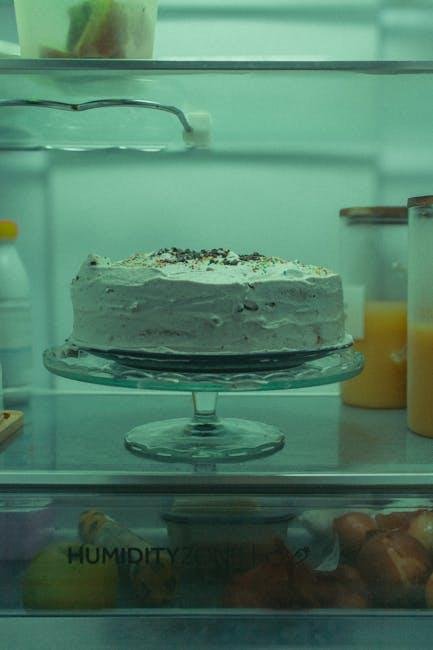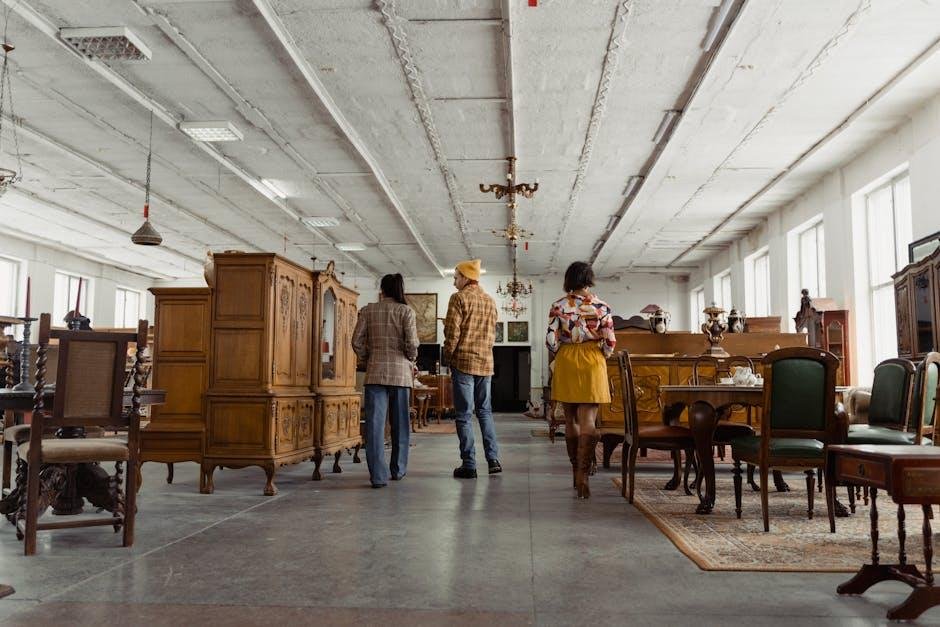Caring for Your Wooden Antiques: A Timeless Journey
Wooden antiques are more than just furniture; they are the storytellers of our past, carrying with them the echoes of bygone eras. Each scratch and blemish can whisper tales of craftsmanship, family gatherings, and historic moments, while their unique grains and finishes speak to the artistry of the artisans who created them. Though, preserving thes cherished pieces requires a delicate balance of care and understanding. In a world that constantly shifts and evolves, nurturing the beauty of your wooden antiques offers not just aesthetic rewards but also a profound connection to history.This article will guide you through the essential steps and techniques to protect, restore, and celebrate your wooden treasures, ensuring they continue to shine for generations to come. Let’s embark on this journey of preservation together, and discover how to honor the past while safeguarding the future of your beloved possessions.
essentials of Cleaning Wooden Antiques Without Damage
When it comes to preserving the beauty of your wooden antiques, the approach you take to cleaning is crucial. Start by dusting gently with a soft microfiber cloth or a paintbrush, as this will help avoid scratches on the delicate surface. Always work in the direction of the wood grain to keep the finish intact. For deeper cleaning, consider using a blend of mild soap and warm water applied with a slightly damp cloth. Be sure to avoid soaking the wood, as excess moisture can warp or damage it over time. After cleaning,follow up with another dry cloth to remove any residual dampness.
Consider implementing regular maintenance checks and using the right products to maintain the integrity of your wooden items. Here are some helpful dos and don’ts:
| Do | Don’t |
|---|---|
| Use distilled water for cleaning | Use vinegar or harsh chemicals |
| Apply furniture polish sparingly | Over-polish the surface |
| Store in a stable environment | Expose to direct sunlight |
With these practices, you can ensure that your antiques remain as stunning as the day you acquired them, preserving their history and charm for generations to come.

Understanding Humidity and Temperature’s Role in Preservation
Maintaining wooden antiques requires a keen understanding of the environment in which they are stored. Humidity plays a crucial role in the health of wood; both to much and too little moisture can lead to damage. High humidity can cause wood to swell and warp, while low humidity can result in cracking and splitting as the material dries out. To keep your precious pieces in top condition, aim for a relative humidity level between 40% and 60%. This range helps maintain the structural integrity and aesthetic appeal of the wood.
Temperature also significantly affects the state of wooden antiques. Ideally, you should maintain a cooler temperature that hovers around 65°F to 75°F (18°C to 24°C). Sudden temperature fluctuations can lead to the expansion and contraction of the wood fibers, resulting in severe damage over time. To create an optimal preservation environment, consider the following tips:
- Use a hygrometer to monitor humidity levels.
- Invest in a dehumidifier or humidifier, depending on your local climate.
- keep wooden antiques away from direct heat sources such as radiators or fireplaces.
- Avoid placing items in areas with extreme seasonal variations.

Restoration Techniques to Maintain Authenticity and Value
Preserving the integrity of wooden antiques requires a delicate balance between restorative techniques and maintaining their original characteristics. When engaging in restoration,it is crucial to utilize non-invasive methods that respect the piece’s history. Techniques such as gentle cleaning with a soft, lint-free cloth or using a mixture of natural oils, like lemon oil or boiled linseed oil, can enhance the wood’s finish without stripping away its patina. Additionally, avoiding harsh chemicals or excessive sandpapering is essential, as these can diminish the surface detail and original craftsmanship, leading to a loss of value.
Properly assessing the antique wood’s condition before proceeding is key to successful restoration. Many restorers recommend documenting the existing state through before-and-after photographs to track changes and improvements. When repairs are necessary, consider using matching materials that blend seamlessly with the original wood. Strengthening joints with hide glue or wood epoxy ensures structural integrity while allowing for future disassembly, preserving authenticity. Here’s a reference guide to common techniques:
| Technique | Description |
|---|---|
| Consolidation | Applying adhesives to stabilize loose parts of the wood. |
| Re-gluing | Strengthening existing joints to prevent future breakage. |
| Surface cleaning | Removing grime and dust while maintaining the finish. |

Protective measures for Long-Term Care and Display
To ensure your wooden antiques remain in pristine condition, a few simple yet effective measures can make all the difference. Avoid direct sunlight by positioning your pieces away from windows or using sheer curtains for soft diffusion of light.control humidity levels in the room; ideal conditions are between 40% to 60% relative humidity.This can be achieved through the use of humidifiers or dehumidifiers as needed. Additionally,consider using coasters or fabric placemats under objects on your antiques to prevent unwanted scratches.
regular maintenance is key to preserving the beauty of your wooden treasures. Incorporate a schedule for gentle cleaning with a soft, lint-free cloth, and opt for natural oils to nourish the wood. Avoid harsh chemicals that can dull the finish. it’s also wise to periodically inspect the joins and finishes for signs of wear, as early remediation can prevent further damage. For storage,consider a protective display case to keep dust at bay while showcasing your collection beautifully.
To Conclude
As we gently close the door on the world of wooden antiques, it’s clear that these timeless treasures deserve the utmost care and respect. Each piece tells a story woven through decades, if not centuries, of history, craftsmanship, and familial legacy. By following the guidelines outlined in this article—whether it’s the gentle touch of regular dusting, the mindful choice of proper storage, or the occasional nourishing treatment—you can ensure that your wooden antiques remain not only visually stunning but also structurally sound.
Remember, caring for these artifacts is not merely about preservation; it’s about honoring the artistry and the lives that have touched them. So, as you integrate these cherished items into your home, know that you are part of a chain that connects the past with the present, fostering a legacy that will inspire future generations. Let your love for these pieces shine through your stewardship, and watch as they continue to be a source of beauty and captivation for years to come.




